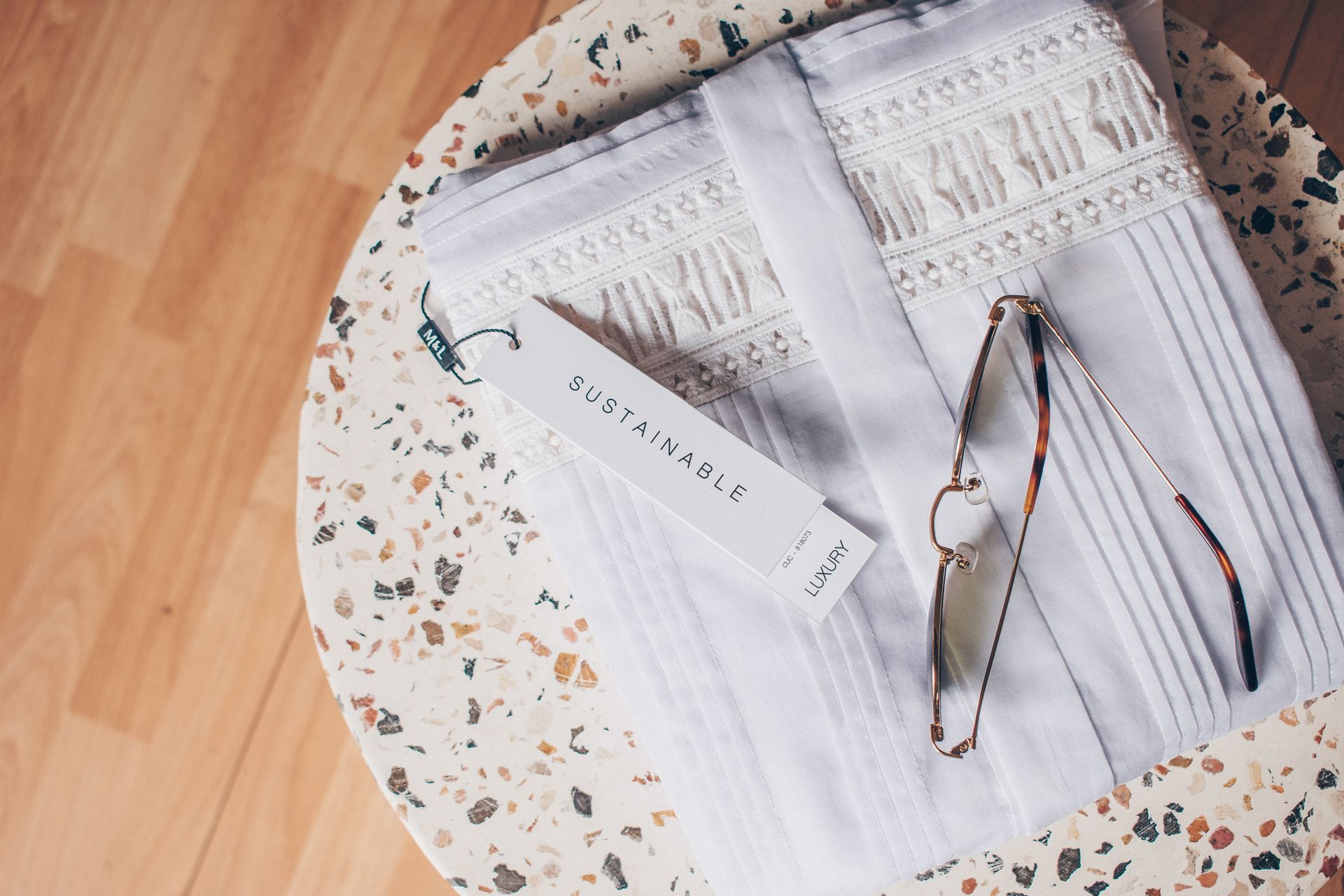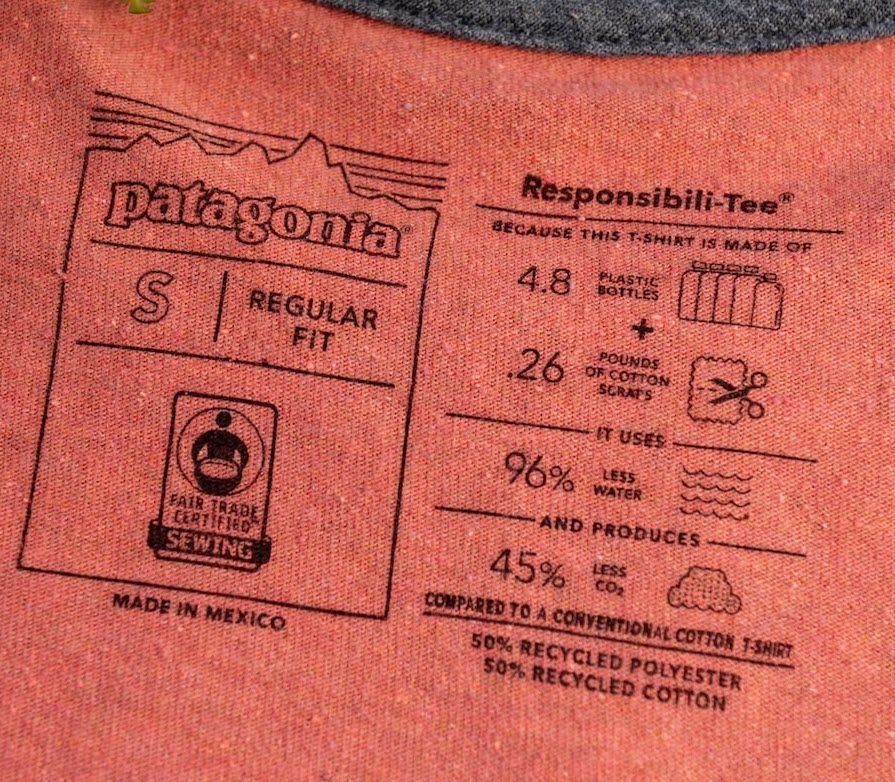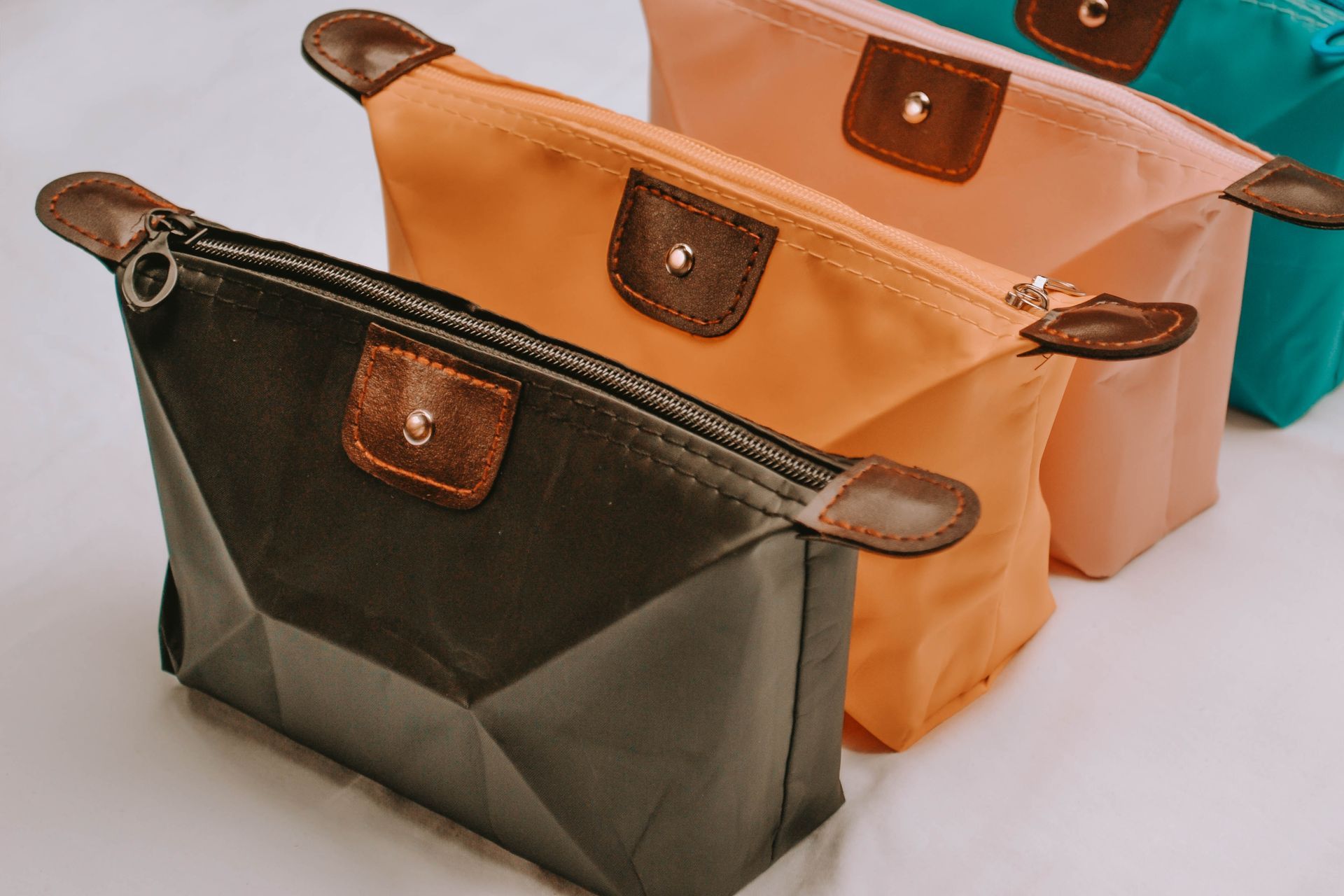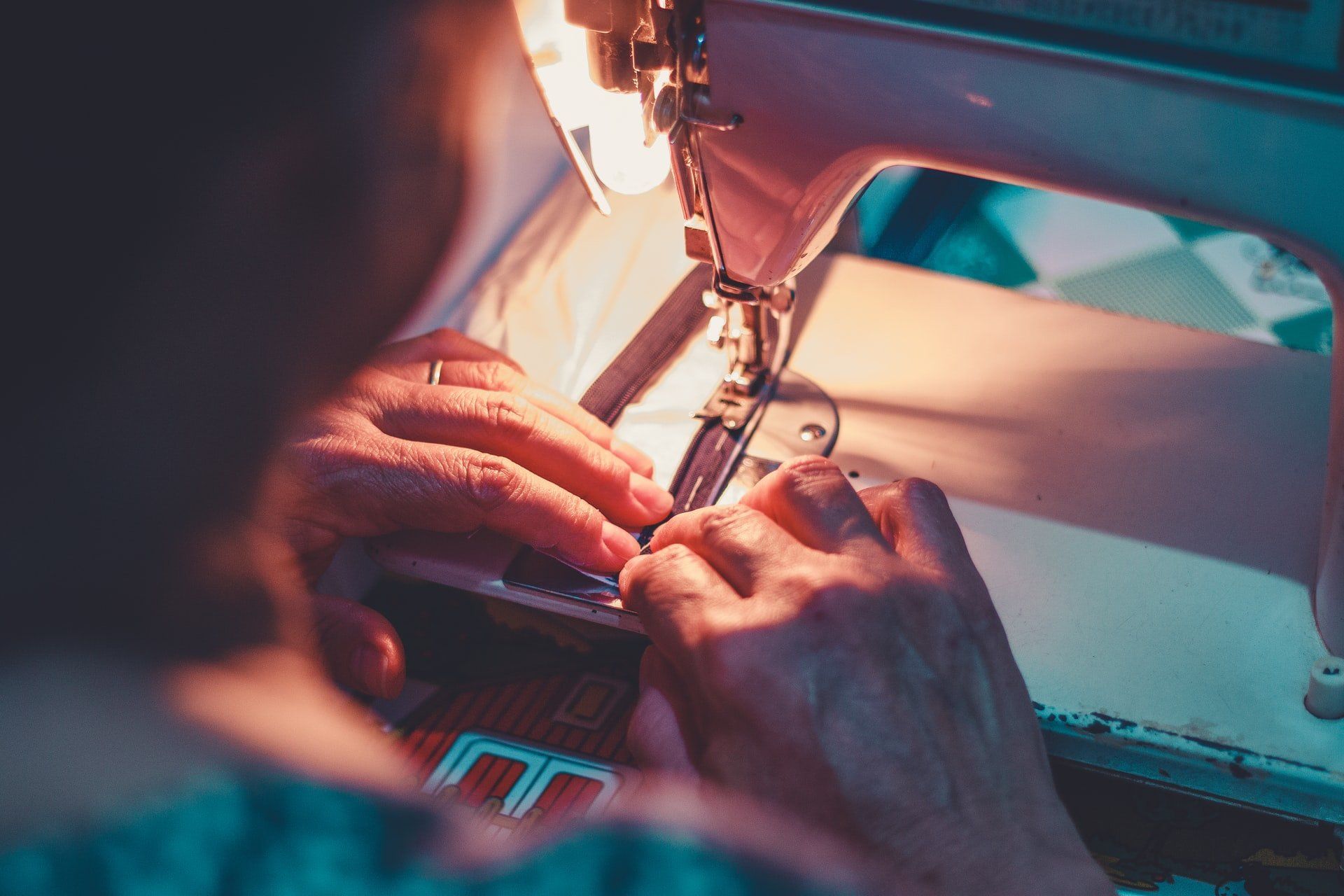How to create a Tech Pack for soft goods & fashion accessories
How to create a Tech Pack for soft goods
A comprehensive guide.
If you've ever wondered how an idea or a design sketch transforms into a tangible, ready-to-market product, you've entered the realm of 'Tech Packs'. Tech packs are like the blueprints for your fashion accessories, bags, backpacks, or any other soft good items. In this article, we will delve into what a tech pack is, why it is indispensable in the manufacturing process, and a step-by-step guide on how to create one.
Understanding a Tech Pack
A tech pack is a comprehensive document that communicates all the necessary details about your product design to your manufacturer. Think of it as a detailed instruction manual that guides your manufacturer through the process of transforming your design into a physical product. Without a well-constructed tech pack, your manufacturer is left to fill in the blanks, leading to potential misinterpretations of your design and deviations from your original concept.
The Importance of a Tech Pack
The importance of a tech pack cannot be understated. Here's why:
1. Precision and Consistency: A tech pack ensures every detail of your design is clearly communicated to your manufacturer, minimizing the chances of errors or misunderstandings.
2. Efficiency: A thorough tech pack streamlines the manufacturing process, saving you time and money by reducing the need for multiple samples and revisions.
3. Scalability: A tech pack allows your product to be consistently reproduced, essential for mass production and maintaining product quality and uniformity.
Components of a Tech Pack
A comprehensive tech pack typically consists of the following components:
1. Cover Sheet: This includes basic information like the product name, product code, designer or brand name, season, and date of creation.
2. Sketches: Detailed, accurate sketches of your design from different angles. Include call-outs for special features and close-ups of intricate details.
3. Materials and Colorways: Information about the specific materials to be used and their color specifications, usually with Pantone codes for precision.
4. Construction Details: Detailed written and visual descriptions of how the product should be assembled, including stitching, hardware placement, and finishing instructions.
5. Measurements: A comprehensive size chart for all components of your design.
6. Labels and Packaging: Information on labels, hangtags, packaging, and any other branding elements.
7. Bill of Materials (BOM): A list of all materials and components needed for the product, including quantities.
Shown here is an example of product design sketches..
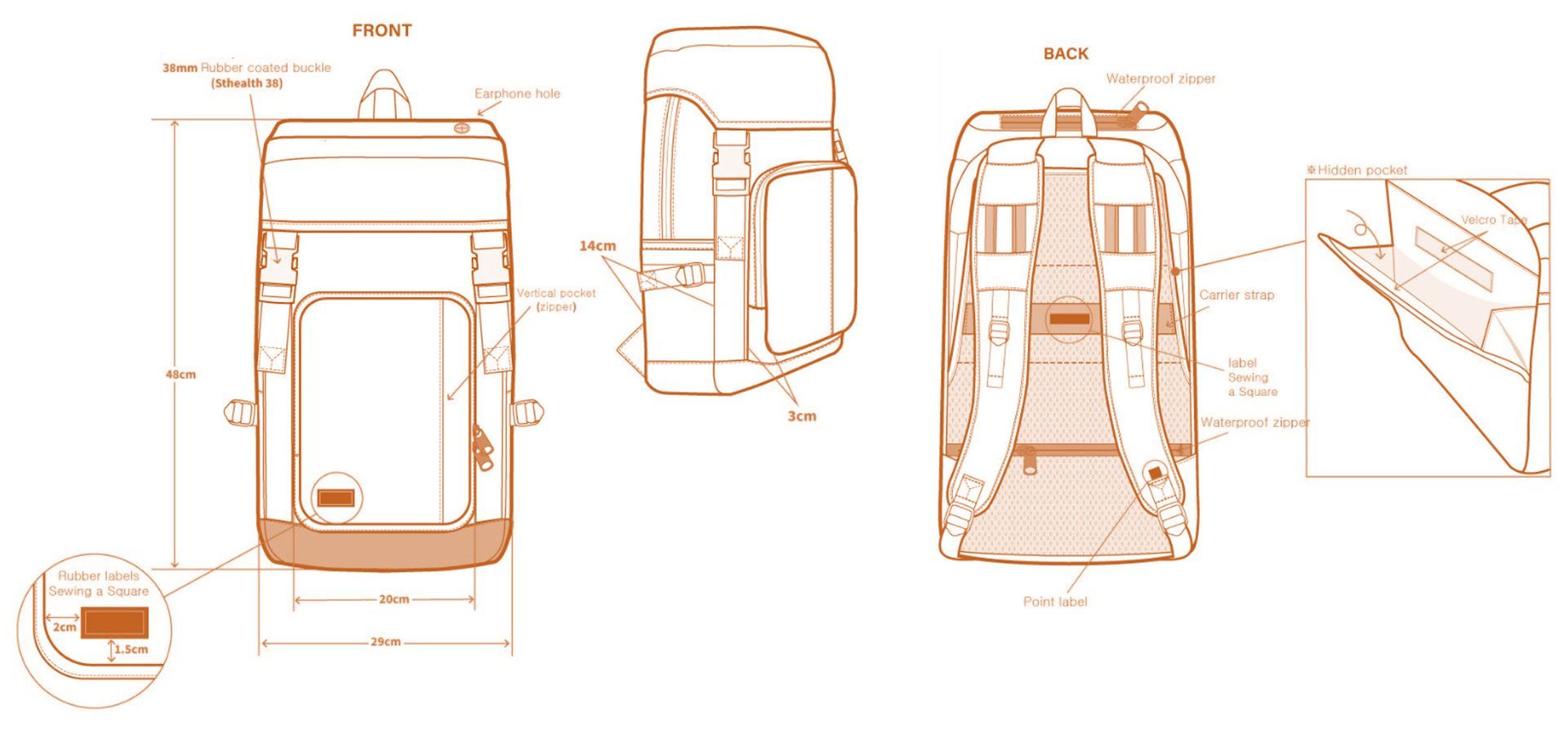
This is an example of the Bill Of Materials (BOM). In this example, in addition to the list of items we are showing example costs as well..
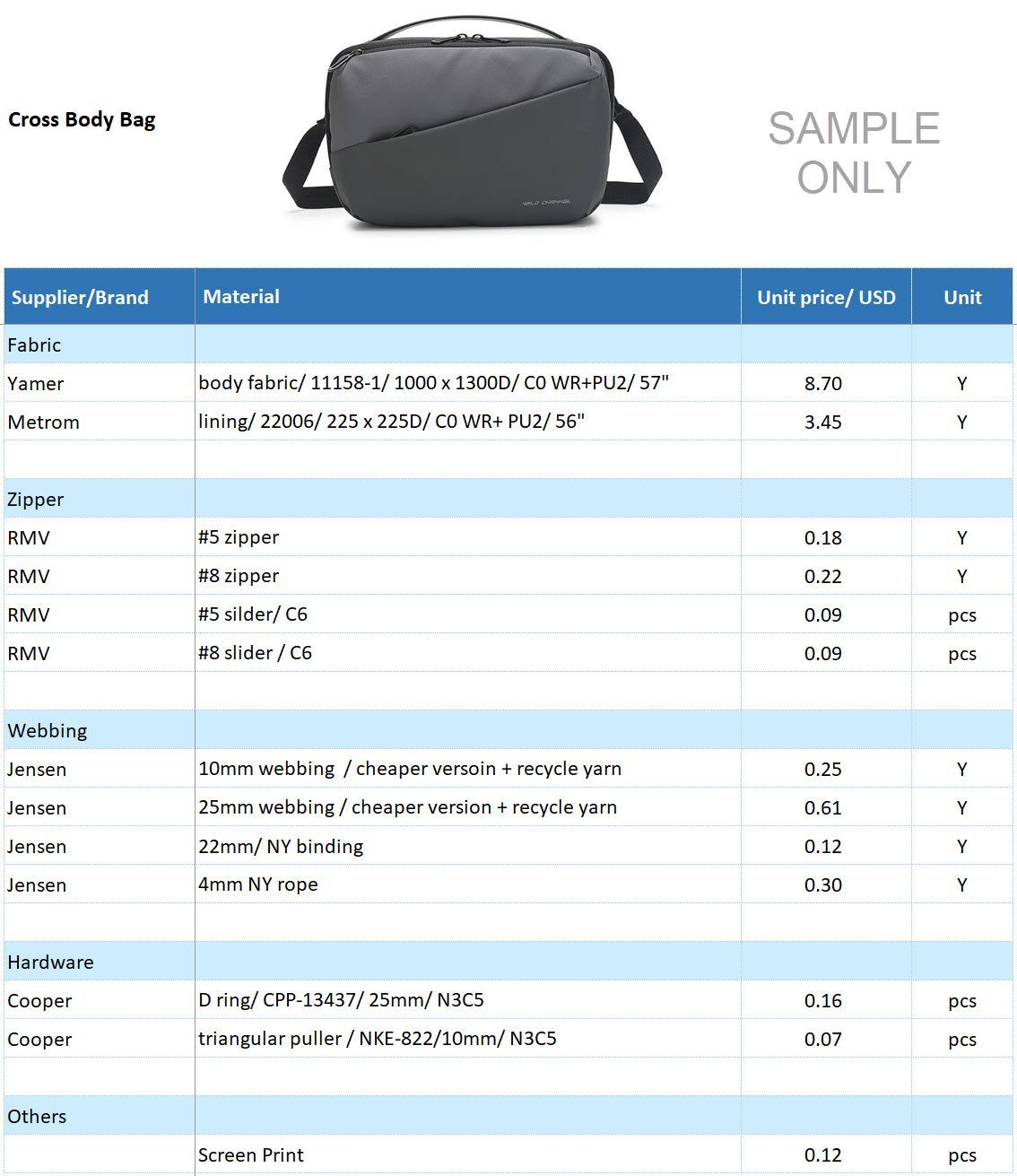
Creating a Tech Pack: Step by Step Guide
Creating a tech pack may seem daunting, but here's a simple step-by-step guide to help you:
Step 1: Create Detailed Sketches
Begin with clear, detailed sketches of your design. Include front, back, and side views, and close-ups of specific details. These sketches can be hand-drawn or digital, but they should be as precise as possible.
Step 2: Specify Materials and Colors
Identify and list the materials for each part of your design. Specify colorways using exact Pantone codes. Include fabric swatches or material samples if possible.
Step 3: Detail the Construction
Provide specific instructions on how the product should be assembled. This can include stitch types, seam allowances, and hardware placement.
Step 4: Include Measurements
Create a measurement sheet that specifies the dimensions of all parts of your design. This is especially important for fit and sizing.
Step 5: Add Branding Information
Include specifics on labels, hangtags, and packaging. Specify the placement, size, color, and font for any branding elements.
Step 6: Compile the Bill of Materials (BOM)
The BOM is like a shopping list for your manufacturer. Include all components, their quantities, and any specific sourcing instructions.
Remember, a tech pack is a living document. It evolves as your design moves from concept to production-ready. Revisions based on prototypes, costings, or manufacturing feedback are all part of the process. Always ensure your manufacturer has the latest version of your tech pack.
Creating a tech pack may seem like a complex task, but the benefits far outweigh the effort. It fosters effective communication, reduces errors, and ensures your vision becomes a reality just as you envisioned.
Happy designing!
If you need any assistance with your product idea or design we're here to help. Don't hesitate to contact us.

